Yellow butterflies, with their vibrant color and delicate beauty, have captured the human imagination for centuries, embodying a diverse array of meanings and significance across different cultures and belief systems. These enchanting creatures symbolize hope, transformation, happiness, and the power of change. With their incredible metamorphosis from caterpillars to elegant butterflies, they serve as a visual reminder of the potential for growth and renewal in all aspects of life.
In this article, we will delve deeper into the world of yellow butterflies, exploring their symbolism, notable species, and their significance in mythology, history, and various cultural traditions. By understanding and appreciating the rich tapestry of meanings these delicate insects carry, we can better connect with the natural world and the transformative power it holds.
Symbolism of Yellow Butterflies
Yellow butterflies are often associated with positive energy, joy, hope, and transformation. They embody the process of change, growth, and renewal, as they undergo an incredible metamorphosis from caterpillars to elegant butterflies. In many cultures, encountering a yellow butterfly is considered a good omen, symbolizing good fortune, happiness, and a bright future.
Yellow-colored butterflies also carry a strong spiritual meaning. They often represent a message from the higher forces or the deceased loved ones. In spiritual contexts, they emerge as the symbol of enlightenment, guiding us toward inner transformation and awakening. To discover more captivating and enriching insights behind spiritual meanings, visit https://asknebula.com/meaning/spiritual
There are numerous butterfly species with yellow coloration. Some of the most prominent ones include:
Clouded Yellow (Colias Croceus): Found predominantly in Europe, the Clouded Yellow butterfly has vibrant yellow wings with black borders and distinctive black spots.
Eastern Tiger Swallowtail (Papilio Glaucus): Native to North America, this striking butterfly has yellow wings adorned with black stripes, resembling a tiger’s pattern.
Brimstone (Gonepteryx Rhamni): The Brimstone butterfly, found in Europe and Asia, has pale yellow or greenish-yellow wings that provide perfect camouflage among leaves.
Little Yellow (Eurema Lisa): Also known as the Little Sulphur, this small butterfly is native to North America and features delicate yellow wings with a few black markings.
Sleepy Orange (Eurema Nicippe): Another North American native, the Sleepy Orange butterfly exhibits bright yellow-orange wings with subtle black markings.
African Migrant (Catopsilia Florella): As its name suggests, the African Migrant butterfly is native to Africa and has a beautiful yellow-green coloration on its wings.
Symbolism in Mythology, History, and Different Cultures
Yellow butterflies have held various symbolic meanings in mythology, history, and different cultures worldwide:
Greek Mythology: In Greek mythology, butterflies were linked to Psyche, the goddess of the soul. All butterflies, including yellow ones, symbolize the soul and its transformation, signifying immortality and resurrection. Psyche was often depicted with butterfly wings, representing her journey from mortality to divinity and the triumph of love over adversity.
Irish Folklore: According to Irish folklore, yellow butterflies carried the souls of deceased children to the afterlife. They were seen as symbols of hope, love, and honor, as they ensured the safe passage of these innocent souls to eternal rest. In some Irish tales, yellow butterflies were also believed to carry messages between the living and the fairies, acting as intermediaries between the two realms.
Native American Culture: Many Native American tribes considered butterflies, including yellow ones, as symbols of transformation, joy, and rebirth. They believed butterflies could bring about positive change and renewal in one’s life. Some tribes even used butterfly symbols in their dances, rituals, and ceremonies to invoke the power of transformation and healing.
Chinese Culture: In Chinese culture, yellow butterflies represent love, happiness, and good fortune. A pair of yellow butterflies fluttering together signified romantic love and the beginning of a beautiful relationship. Yellow butterflies were also associated with abundance, as the color yellow was linked to gold and prosperity in ancient China.
Christianity: In Christianity, yellow butterflies symbolize resurrection, transformation, and new life. The butterfly’s metamorphosis represents the spiritual transformation that occurs as one moves closer to God and finds salvation. In Christian art, yellow butterflies were often used as symbols of the soul’s journey from earthly life to heavenly bliss.
Japanese Culture: In Japan, yellow butterflies symbolize departed souls returning to visit their loved ones, carrying messages of love and comfort from the afterlife. They were seen as emissaries of the spirit world, assuring the living that their deceased family members and friends were watching over them. The sight of a yellow butterfly in Japanese culture was a gentle reminder of the transient nature of life and the enduring bonds between the living and the dead.
South American Mythology: In some South American cultures, yellow butterflies were believed to bring guidance and protection from the gods, serving as divine messengers. They were seen as harbingers of important news or omens, with their presence signaling the need to pay attention to one’s surroundings and heed the wisdom of the divine.
African Folklore: In various African cultures, yellow butterflies were associated with the sun, light, and warmth. They were seen as symbols of life, fertility, and abundance. Some African tribes believed that yellow butterflies were the souls of their ancestors, returning to bless the living with their wisdom and love.
Conclusion
Yellow butterflies are not only visually enchanting but also hold deep symbolism across various cultures, mythologies, and historical contexts. They represent positive change, transformation, and renewal, making them powerful symbols of hope, joy, and
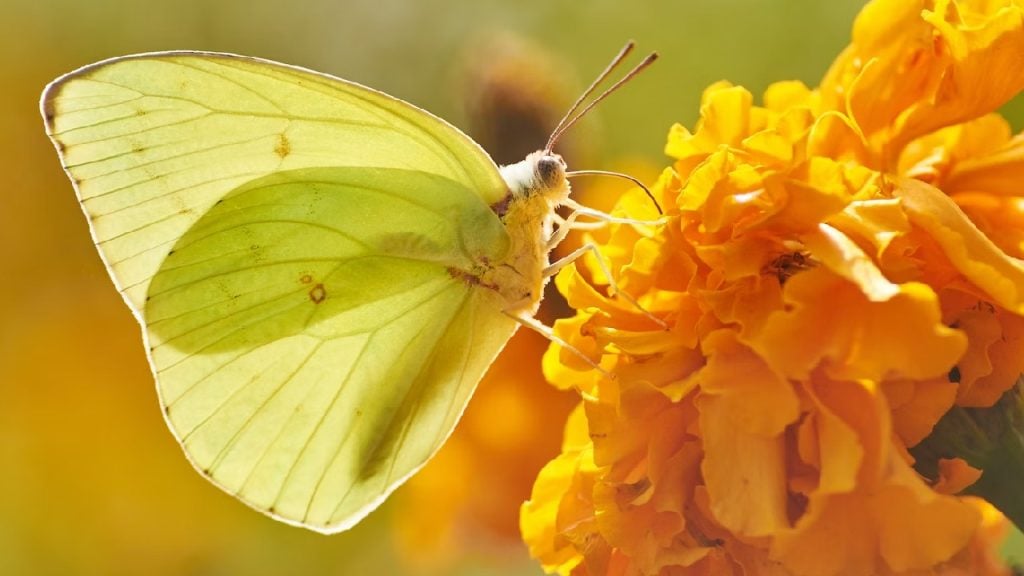
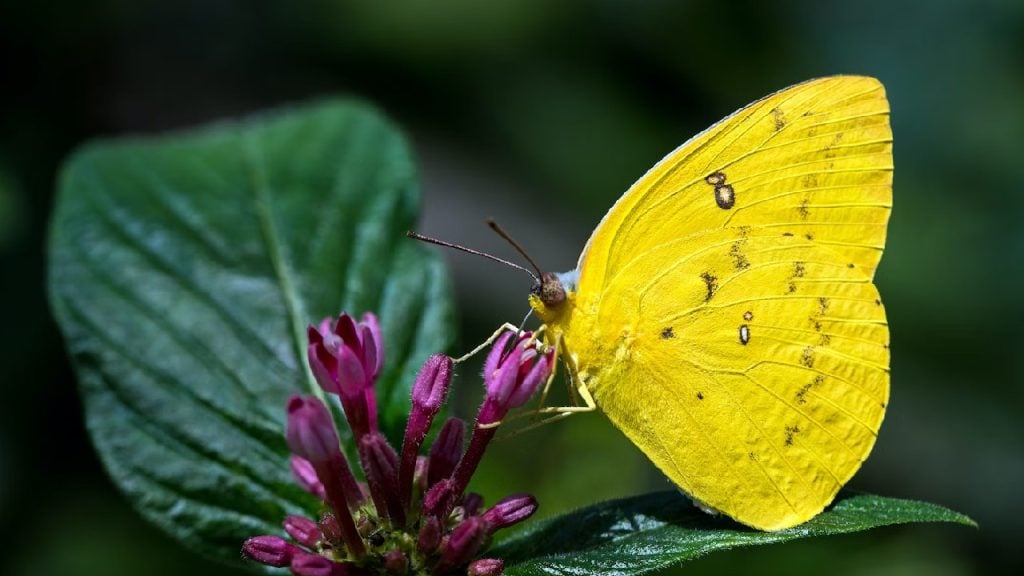
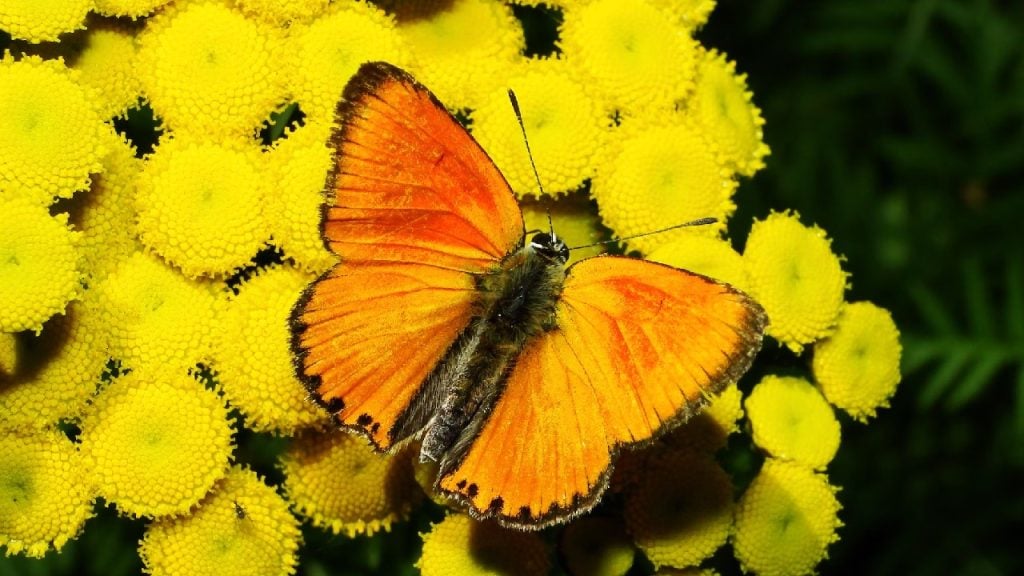



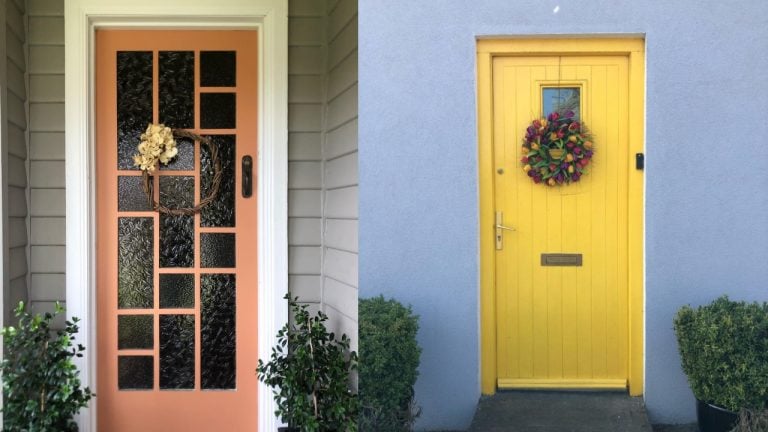

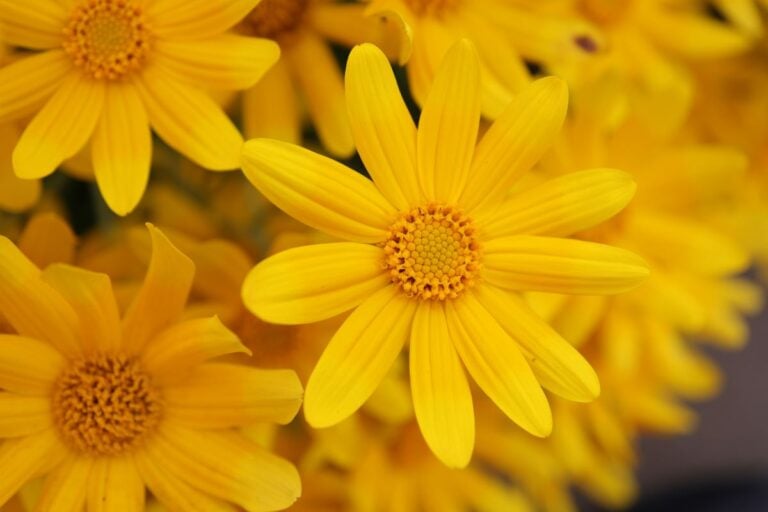
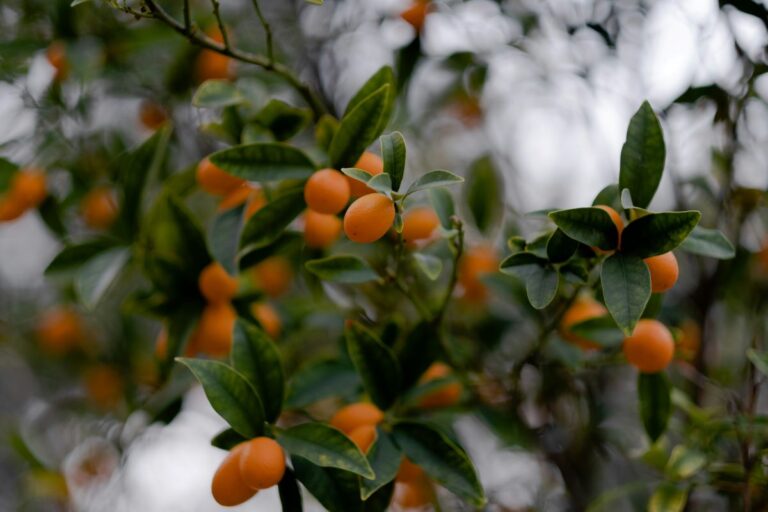

I live on east coast and couldn’t go to my brother’s graveside service to place his Urn into its place at cemetery in Minnesota on June 15th
At 1 pm central time …and a large yellow butterfly with slight black markings on edges , hit my window right next to me to get my attention, then flew and tapped two more times then flew off . I looked up “yellow “
Butterflies and came across your site!! Very special to me. I’ll never forget.